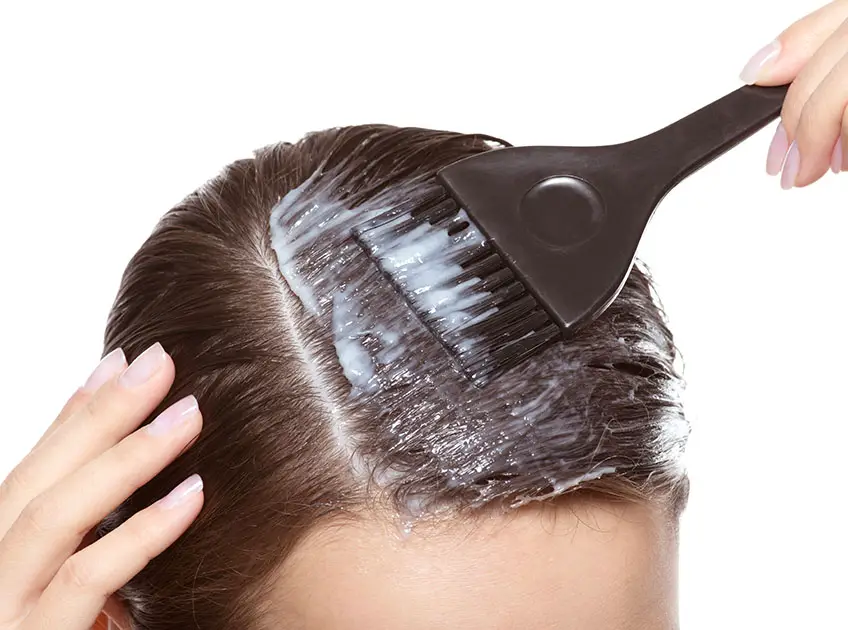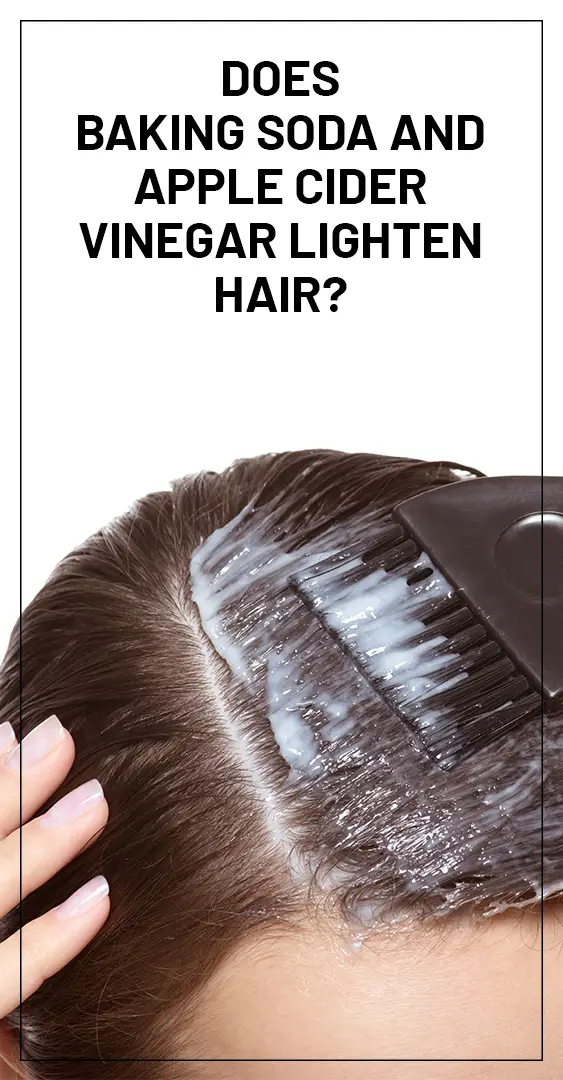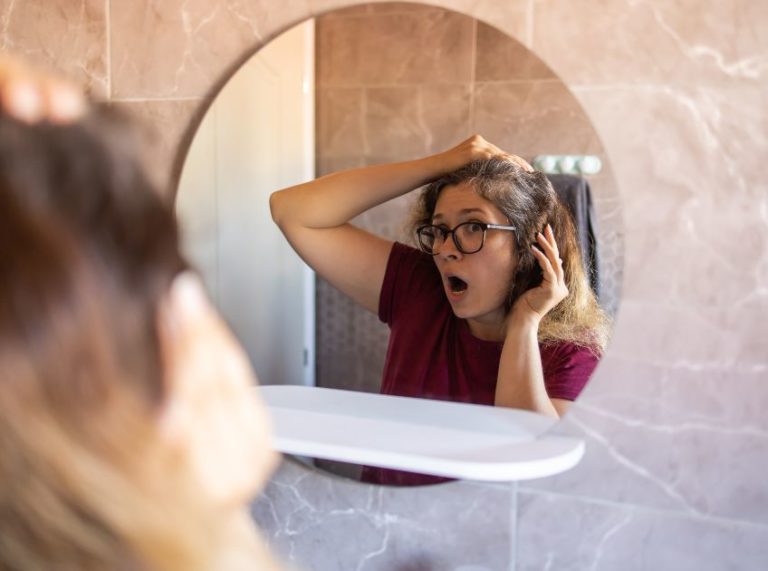
Important: This article is for informational purposes only. Please read our full disclaimer for more details.
There are bleaches, box dyes along with other products available in the market for lightening hair but if you want to try some DIY ways to get beach blonde highlights, we have some easily available ingredients here to get it done.
How Does Baking Soda and Vinegar Lighten Hair?
Use of baking soda all alone will slowly take down the color if used in short time gap. You need to mix some other natural ingredients to hold back the color on hair. Apple cider vinegar can be used in moderate quantities to lighten the hair naturally. However, the method is useful for those who require a gentle lightening.(1)
1. Baking Soda and Vinegar
By vinegar we mean to say Apple cider Vinegar which is completely safe for hair lightening. Apple cider acidic feature bleaches the hair perfectly and give a reddish look to it.(2)
Ingredients:
- Apple cider vinegar
- Distilled water
- Baking soda
Procedure:
- Take equal amount of baking soda, apple cider vinegar and distilled water depending on the length of the hair.
- Mix it well to form an even medium thickness paste
- Apply on the hair completely and leave for 30 minutes
- Wash your hair and pat dry
How it works: It will give an evenly reddish look to the hair naturally. You will find it as one of the most effective methods of hair lightening.
Tip: You may find your hair harsh after this treatment. Apply coconut oil or conditioner to soften it.
[ Recommended: Does Baking Soda and Shampoo Lighten Hair ]
Other Remedies to Lighten Hair With Baking Soda and Apple Cider Vinegar
2. Baking Soda and Hydrogen Peroxide
Process: Combine 1 cup baking soda with 3 tbsp of hydrogen peroxide and apply the mixture to the hair. Let it sit for 30-60 minutes before washing your hair.
Benefits: It lightens the hair and can even be used for stripping off any semi-permanent dye on the hair to get back its natural color.(3)
3. Baking Soda and Water
Process: Take 1/2 cup baking soda and add warm water to it to lighten your hair. Apply it to your hair and leave for about 20 minutes or a little more time before washing it off to lighten your hair. Use it for 2-3 days in a row get the results and wait for a week before using it again.
Tips: Baking soda is alkaline and hence can make the hair dry, brittle and frizzy. So, avoid it if you have a dry and itchy scalp. Diluting it with water before the application is mandatory along with deep conditioning during the wash day routine to restore lost moisture.
[ Recommended: How to Lighten Hair Naturally at Home ]
4. Apple Cider Vinegar
Process: Combine a part of apple cider vinegar with 6 parts of water and transfer to a spray bottle. Spray it on the hair and leave it for 30 minutes before washing it off. Repeat it a few times to see the desired results.
Benefits: It reduces dandruff, removes the build-up of oil, and encourages hair growth besides lightening the hair.
[ Read: What Does Sea Salt Spray Do To Hair? ]
5. Apple Cider Vinegar and Honey
Process: Combine honey with sufficient water to create a mixture that can be applied to the hair using a brush from roots to tip. After applying, use a plastic cap to cover the hair and leave for an hour before rinsing off with a shampoo.
Benefits: Honey has anti-inflammatory and anti-oxidant characteristics besides having natural bleaching properties. It keeps the hair hydrated and lightens it. You need to use it several times to get the desired results.
Chemical bleaches are harmful and are even unsafe for our ecosystem. So, a safe and sustainable way of lightening hair naturally and keeping them free from damage is using the above methods.
Recommended Topics:
- How to Use Baking Soda for Blackheads?
- Is It Safe to Use Baking Soda on Your Hair?
- Top 6 Surprising Side Effects of Baking Soda
- Does Baking Soda Help Clogged Pores?
- Does Baking Soda and Shampoo Lighten Hair?
- Can I Add Baking Soda to My Shampoo?
- How To Use Tea Tree Oil For Yeast Infection
- Does Yogurt Help Get Rid of Yeast Infections
- Apple Cider Vinegar for Hair Loss: Benefits and How to Use?
- Certain Guidance To Fix Orange Hair With Box Dye
- How to Use Chamomile Tea to Lighten Hair
- How To Lighten Hair With Hydrogen Peroxide?
- How to Use Lemon Juice to Lighten Hair Naturally?
- 2 Best Homemade Hair Lightening Spray With Lemon
















